If you’ve ever seen animated movie classic Monsters, Inc (and, god bless the kids, who hasn’t?), you’ll know the image that I’m thinking of. It might even have been on the DVD cover. It’s the one with the big furry monster, built like a brick outhouse, front and centre in the frame, with the little green monothalamic feller peeking out from behind his leg.
Well, in the version you get when you park the new BMW M2 CS alongside the Porsche 718 Cayman GTS 4.0 and the Alpine A110 S, the big guy (Sulley, if I remember correctly) has an equally square outline, only now he’s grey and has a blue and white propeller badge on his snout. Moreover, there are not one but two ankle-biter Billy Crystals – and one of them is even the right colour. The likeness is uncanny; the monsters are in the house.
This is a story of littles versus large, then – sort of. Even the very smallest proper M car that BMW makes, now in extra-steroidal CS derivative form, makes a brawny, imposing-looking prospect for any comparable mid-engined sports car to overcome. Although you certainly wouldn’t bet against a smaller, lighter, lower and mid-engined sports car to see off even the best front-engined M car for by-the-book driver appeal, would you? All the power and noise and sticky-Cup-tyre grip that the M division will ever muster for the likeable M2 is fighting the compactness, delicacy and effortless agility of mid-engined opposition on two fronts, then. Or is it?
The truth of what happens when you drive these cars back to back and try to pick a winner is even more complicated than that might imply – for this tester, even a little bit odd. It was like being in a room with an old best mate not seen for years, a newer acquaintance whom you like and would like to see more of, and a third person whom you’d swear you’ve met before but is acting like a stranger. The four of you should get along like a house on fire, yet somehow you can’t quite engage everyone in the same conversation. Given the chance to disappear to the pub with only one, you’d probably pick the first; you might pick the second, but you’re almost certain not to pick the third, whoever he is.
Don’t worry: I’ll get on to explaining which car is which person before we’re much older. First up, we should acknowledge that there are probably two important comparison tests to consider here rather than one. There aren’t many Autocar group tests that could have quite happily gone ahead without the freshest member of the automotive cast, but this is one of them, so let’s get the preliminary round out of the way.
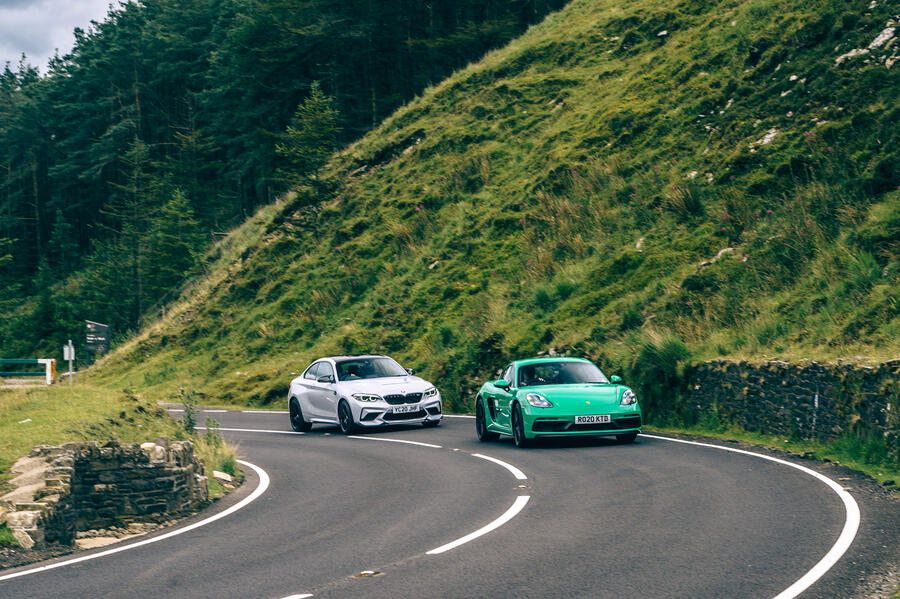
The Alpine A110 has been showered in praise since its launch three years ago. Since the introduction of the more powerful, purposeful A110 S last year, however, the toughest examination that it has faced on these pages was a group test against – wait for it – a couple of other, differently tuned A110s. Yup, the A110 definitely won that one…
But would you take one over the new 718 Cayman GTS 4.0? More specifically, would you do so now that Porsche has restored order to the performance car cosmos by restoring a flat six engine to its junior sports car, while Alpine has muddied the appeal of its mid-engined prodigy at least a little, according to our earlier reporting, by adding grip, power and pace that the regular A110 arguably didn’t need?
I’m surprised to be able to answer that question so easily, but I can – and you begin to get a flavour without even driving either the Porsche or the Alpine. The Cayman’s driving position feels nearly ideal: dead straight, straight-legged and low-hipped, with almost all of the adjustment you could want (although, unusually for a Porsche in this tester’s experience, ours had no extendable cushions for extra under-thigh support and no adjustable lumbar support).
The Alpine’s driver’s seat feels so much higher and more perched – more than I remember it being in the standard A110. It was, at least, in the case of the A110 S we tested. The car's fixed-back Sabelt seats are mostly the same as the ones in lesser A110s, and although they're manually adjustable for seat height, you need a set of spanners to adjust them. This, unfortunately, is something I only learned after our test. To be fair, even if I had known, I wouldn't have had a socket set to hand in a layby in the A4061 anyway.
But at least that helps explain why my head was so close to the roof of the Alpine that I couldn’t comfortably wear a helmet. After the Cayman, driving it felt like being over the controls rather than behind them. The view forwards and sideways out of the Alpine, meanwhile, felt a bit like looking out of a letterbox compared with the superior all-round visibility of the Porsche. The plain truth is, even if I had been able to lower that seat, previous experience tells me that the Alpine's driving position still wouldn't have been a spot on the Cayman's.
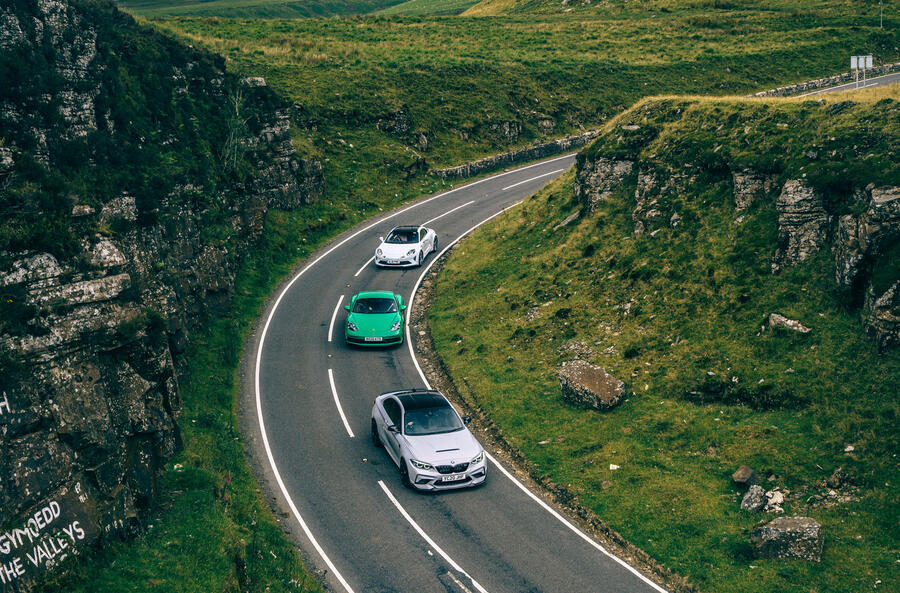
There’s plenty of attitude and immediacy about the A110 S’s driving experience. The car’s 288bhp 1.8-litre turbo growls, pops, fizzes, whistles and blares down the exhaust pipes when you select Sport mode. It’s a feisty one. But while it makes the car punchily fast through the short-feeling intermediate ratios of its seven-speed paddle-shift gearbox, it doesn’t sound or feel as rich as the sweet-spinning six-cylinder Cayman. You don’t feel inclined to interrogate every 100rpm chunk of the Alpine’s rev range, under varying throttle loads, quite like you do in the Porsche.
What an engine that flat six is. The Porsche’s manual gearbox is a tactile invitation to explore its character, of course, and the paddles somehow simply aren’t in the Alpine. Generally, though, when you pit a four-cylinder turbo motor borrowed from a hot Renault Mégane against a brand new, naturally aspirated 4.0-litre flat six freshly developed by Porsche expressly to answer criticisms of four-cylinder turbo engines… well, you can guess what happens. The flat six is all gargling smoothness, building potency and musical vocal range, while the Alpine’s engine frankly stands as much chance as the turbo flat fours whose memory Porsche is now so keen to banish.
The A110 S was always going to have to fall back on its relative lack of mass, its handling agility and its threadable compactness to hold off the Cayman here. And where the regular A110 might have stood a chance of doing that on the road, the A110 S doesn’t.
I’ve seldom come across a car whose dynamic character could be so drastically altered simply by virtue of a retuning job on the suspension and some new brakes and wheels. Where the regular A110 offers such a rare blend of absorbency and control that makes it perfectly suited to British B-roads at socially acceptable speeds, the A110 S is much firmer, its ride even a little tetchy and brittle at times. Where the regular A110’s dynamic mystique is defined so much by its gently bobbing, ever-suggestible rear axle, which makes its attitude adjustable and its handling so absorbing at entirely reasonable road speeds, you have to corner the A110 S much harder to really make its chassis work.
And much as it’s really tightly controlled and agile when you do so, you find yourself managing what’s going on at the front contact patches much more than what’s happening at the rear. The A110 S is clearly grippier and more stable at high speeds than the regular A110. It was intended to be, and it’s worth remembering that it’s a complimentary, track-day-ready addition to the Alpine range, not a replacement for the regular A110. Fair enough.
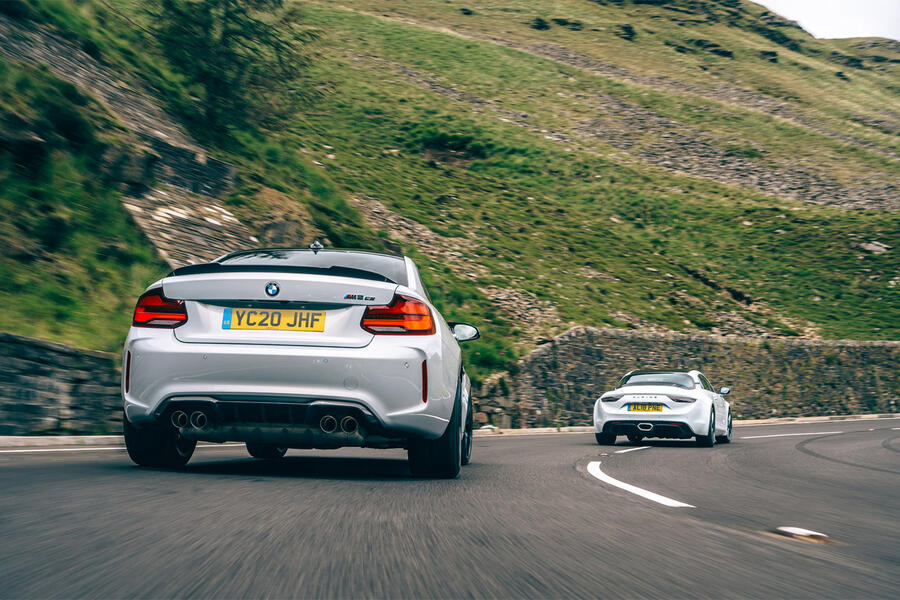
But it also seems to have less perfectly balanced grip levels – with a bit of a penchant for understeer, honestly – so driving it hard can feel like you’re in some mid-engined hot hatchback. You don’t position it on the road as instinctively as the regular A110. The extra incisiveness in the steering is hard to process without more weight and tactile feel, and you simply don’t miss those things in the regular A110, because it’s so much lighter of character anyway.
In so many ways, the Cayman has the sweetness and easy poise that the waspish Alpine lacks. It does feel heavy compared with the A110 S, particularly over big vertical inputs, and it really could do with shorter gearing. It’s not perfect. But, as a colleague put it so well, the way the Porsche corners reminds you more of paddling a canoe than driving a car. Your chest is aligned exactly with the roll axis, instead of being a few inches above the equivalent point, as you are in the Alpine.
And as well as seeming so supple-riding and downright pleasant to drive from A to B, the Cayman handles with such incredible harmony; the rate of response of its steering is absolutely in tune with that of its chassis and with its rate of roll. The Cayman is a beautiful-handling car, and now that it has a beautiful engine again, it’s a very tough package to beat on the road.
Enter, then, our square-shouldered, hairy monster: the M2 CS. The gorey details of this creation are to be admired twice: first on the spec sheet, then on the car. That carbonfibre-composite bonnet, with its extra air ducting, and the carbonfibre splitter extension add huge visual presence to the front end. The deliciously flared arches and aggressive air intakes elsewhere suddenly look more menacing, even though they’re unchanged from the M2 Competition. The carbonfibre-reinforced polymer (CFRP) roof would have been a nice touch if BMW hadn’t given it a slightly crass chequered flag pattern. What a shame.
But then there’s the stuff you can’t see: the 444bhp straight six, the ball-jointed suspension, the rigidly mounted subframes and, in our test car’s case, the carbon-ceramic brakes and Cup tyres. This is a car that speaks in tones the nicey-nicey Porsche just wouldn’t understand.
It feels so much bigger on the road than either of the other cars but, moreover, so much burlier as well. BMW’s straight six has the audible noise and drama to drown out the Alpine and even more turbocharged torque, but also the range and responsiveness, to rival the Porsche. It feels like a really formidable engine in this car.
It certainly wants a nice smooth surface on which to be explored, though. This may be the first M2 variant with adaptive dampers, but don’t mistake it for anything other than a very firm, tightly damped and purposeful machine indeed. Due to those tyres and the removal of that isolating bushing rubber, its ride is noisy and a touch coarse. But the way its body control bristles and checks over a testing surface makes it very clear how much more weight this car is carrying than the other two and how much harder the suspension must work to keep a tight rein on it.
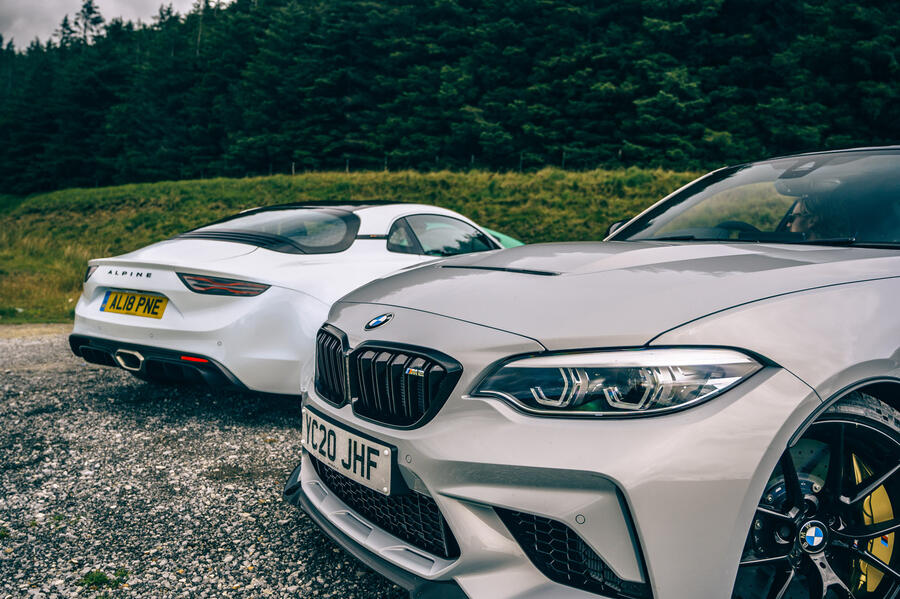
There’s a loutish naughtiness about this car that’s really likeable. It’s the antithesis of the Porsche’s benign sweetness. The M2 CS is all muscle rather than complex subtlety of flavour, and a lot more fun on a track, where you can hoof its rear axle around a bit, with as much potential for burnouts and launch-controlled starts as you can find an outlet for. It’s every bit the monster its look implies and at times a bit of a brute on the road, where the Porsche makes it feel like a blunt, rough-hewn instrument.
Adding it all up and stitching it all together, the Cayman is probably the best driver’s car here, as well as the most versatile and rewarding in broad terms wherever you drive it. The clever little one-eyed chap wins, then. Well done, Mr Wazowski.
But in the end, these are very different sports cars that do their respective things in very different ways. So it’s the Alpine that feels like the stranger in this group; I hope you’ve worked out as much already. The BMW is the emphatic and spectacular new friend you’re growing to like more and more (and let’s hope the affection grows with the upcoming next-generation M2). And the Porsche is the old mate, back from the wilderness and ready with your favourite old stories and gags.
Pick who you like, but you know who the odds-on best company is.
Used alternatives: the predecessors
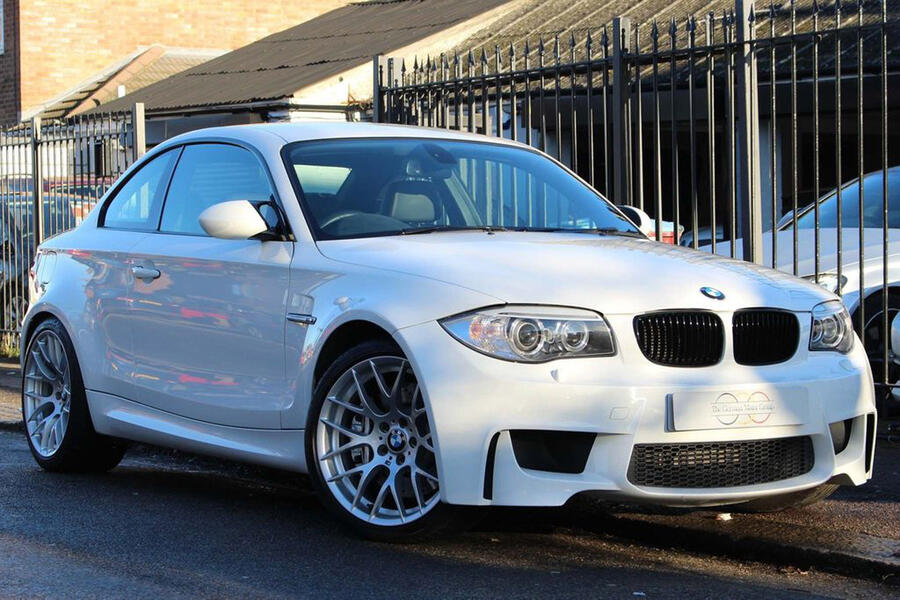
2012 BMW 1 Series M Coupe, £29,950: With 335bhp on tap from a twin-turbo 3.0-litre straight six, the 1M provides similar thrills to the M2. Only 6309 were built, making this example, even with 71k miles, especially attractive.
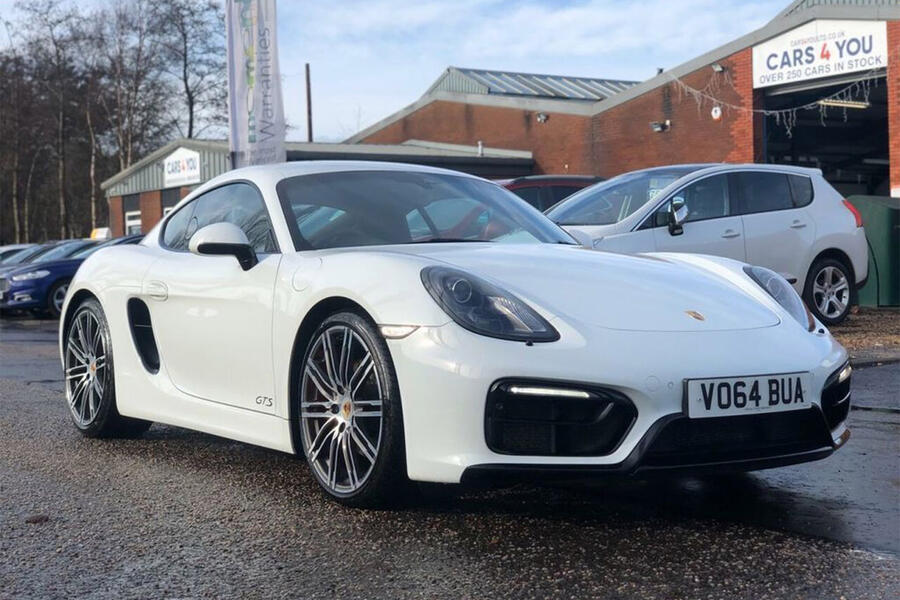
2014 Porsche Cayman GTS, £40,995: You’ll want the 981-generation Cayman for its 3.4-litre flat six, and the GTS adds bespoke styling, a sports exhaust and a more dynamically focused suspension set-up. Look for the Sport Chrono pack.
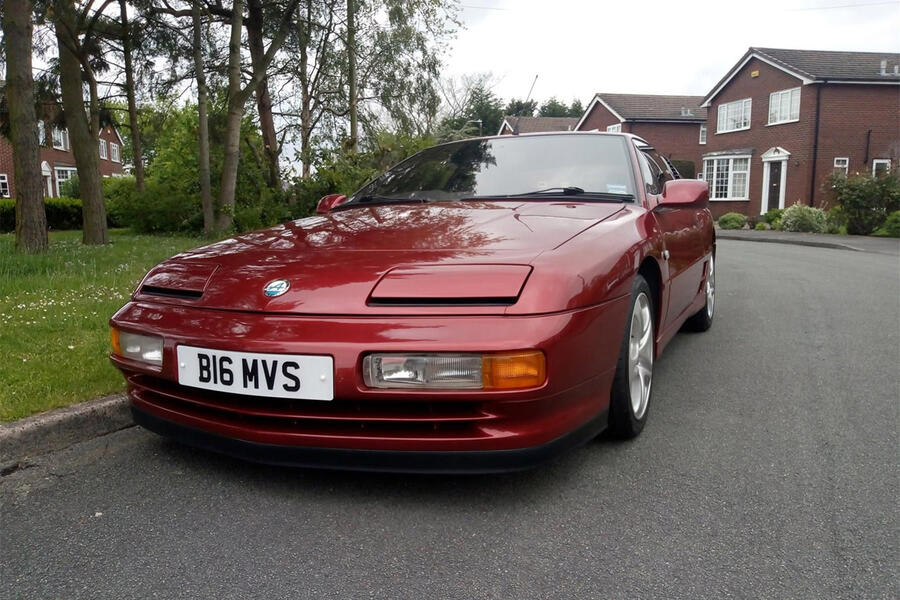
1994 Alpine A610 Turbo, £23,995: The 1960s original A110 commands huge prices today, but the A610 costs Ford Focus money, even for #1 of the 68 RHD cars built. Its rear-mounted turbo V6 makes 247bhp and 258lb ft.
READ MORE
New BMW 545e plug-in detailed with brand’s future powertrain plans


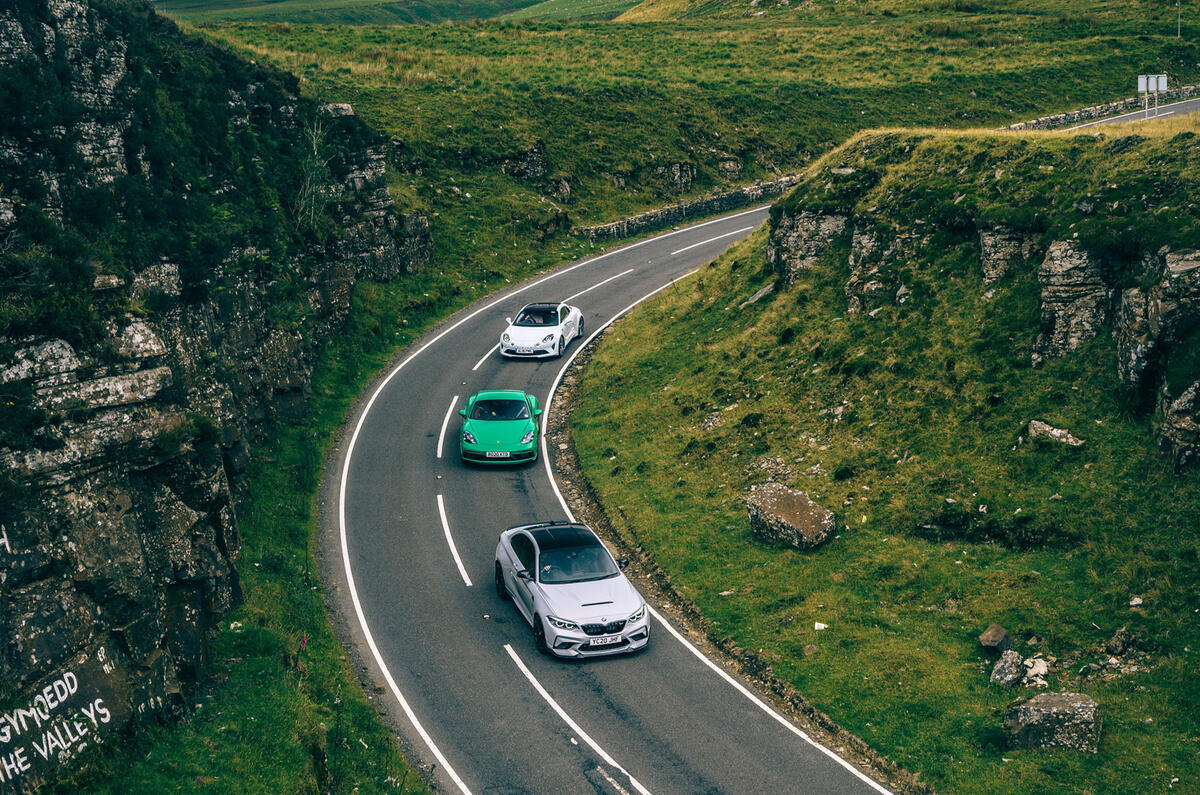
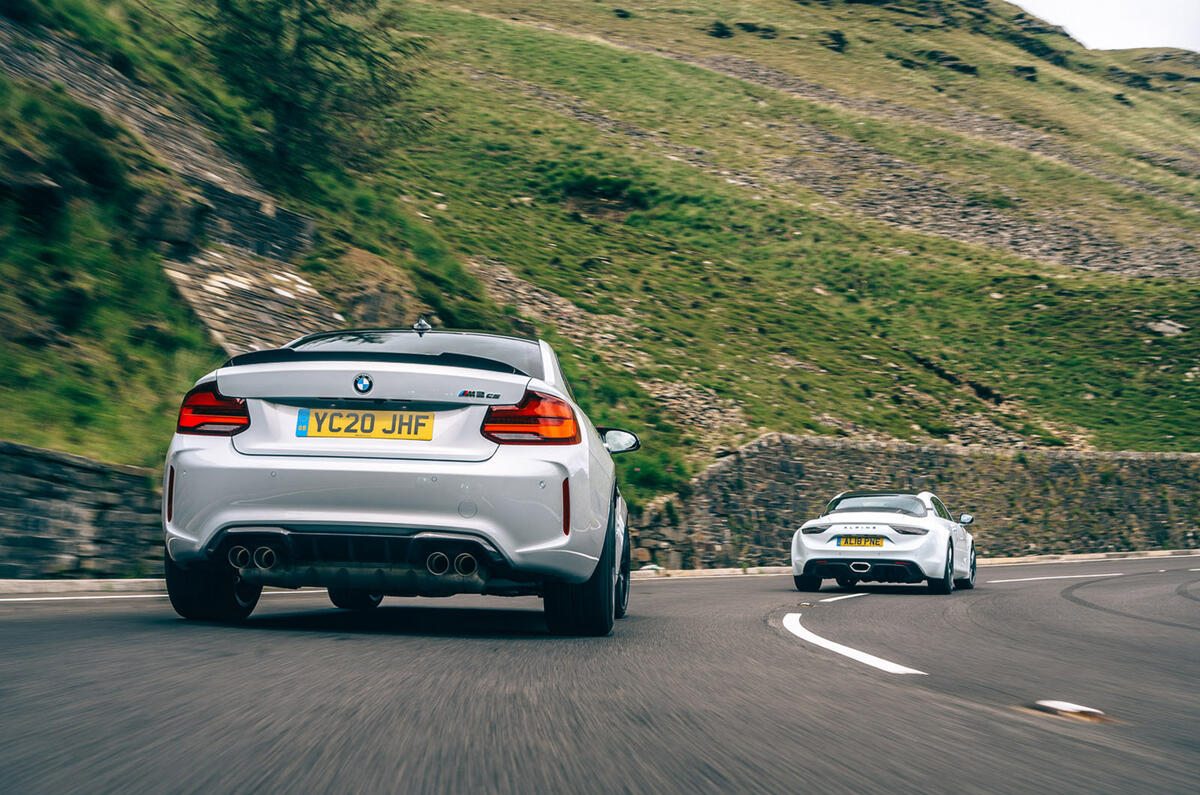

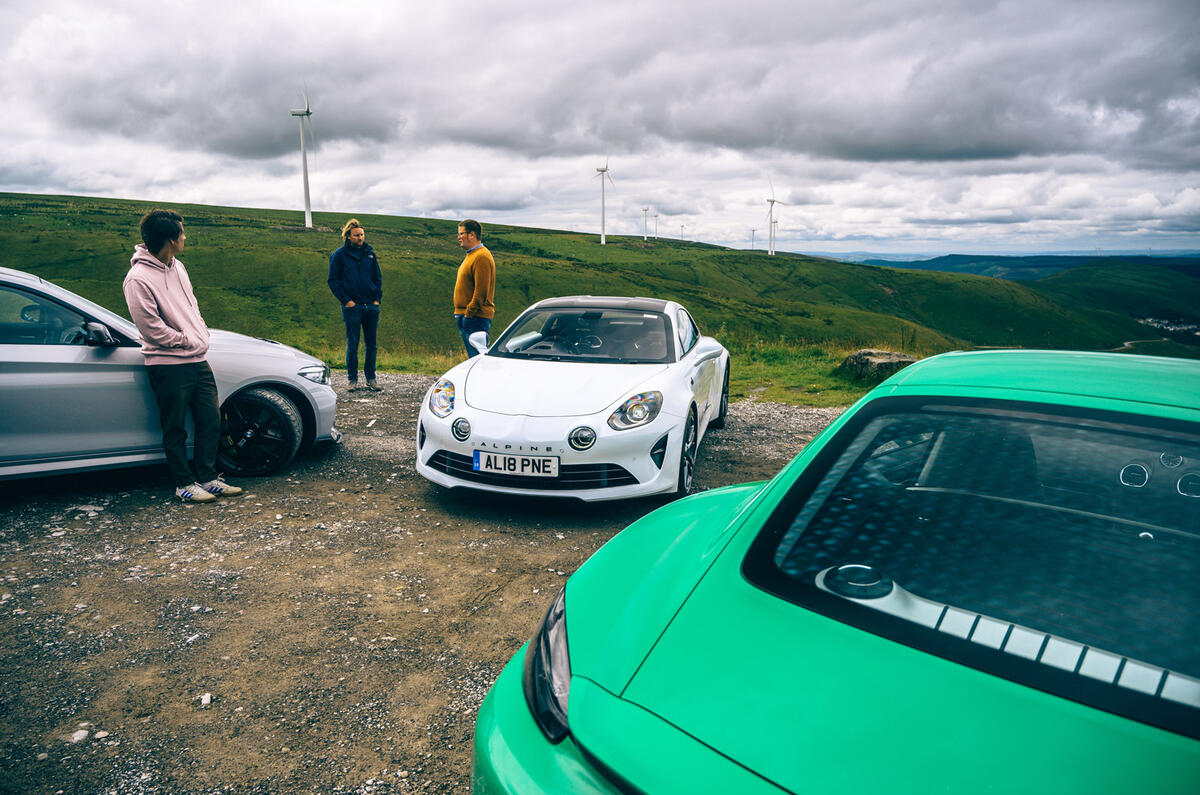
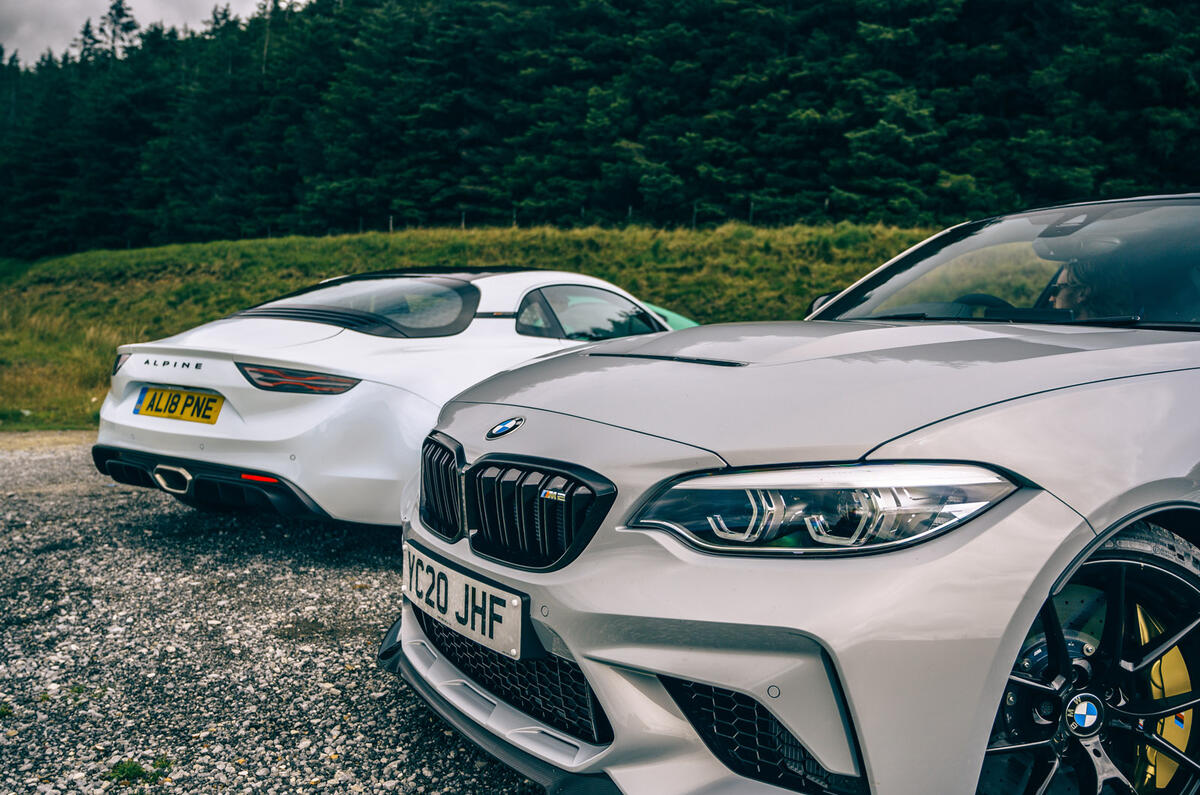
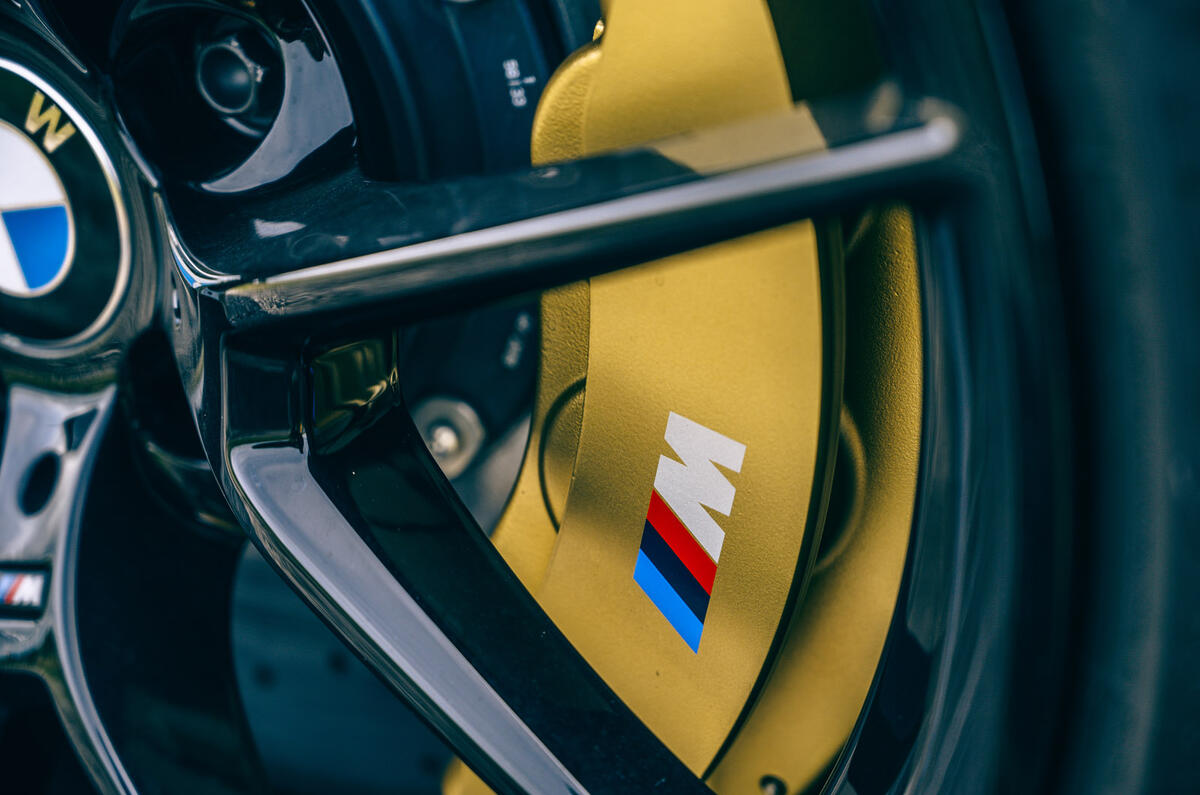
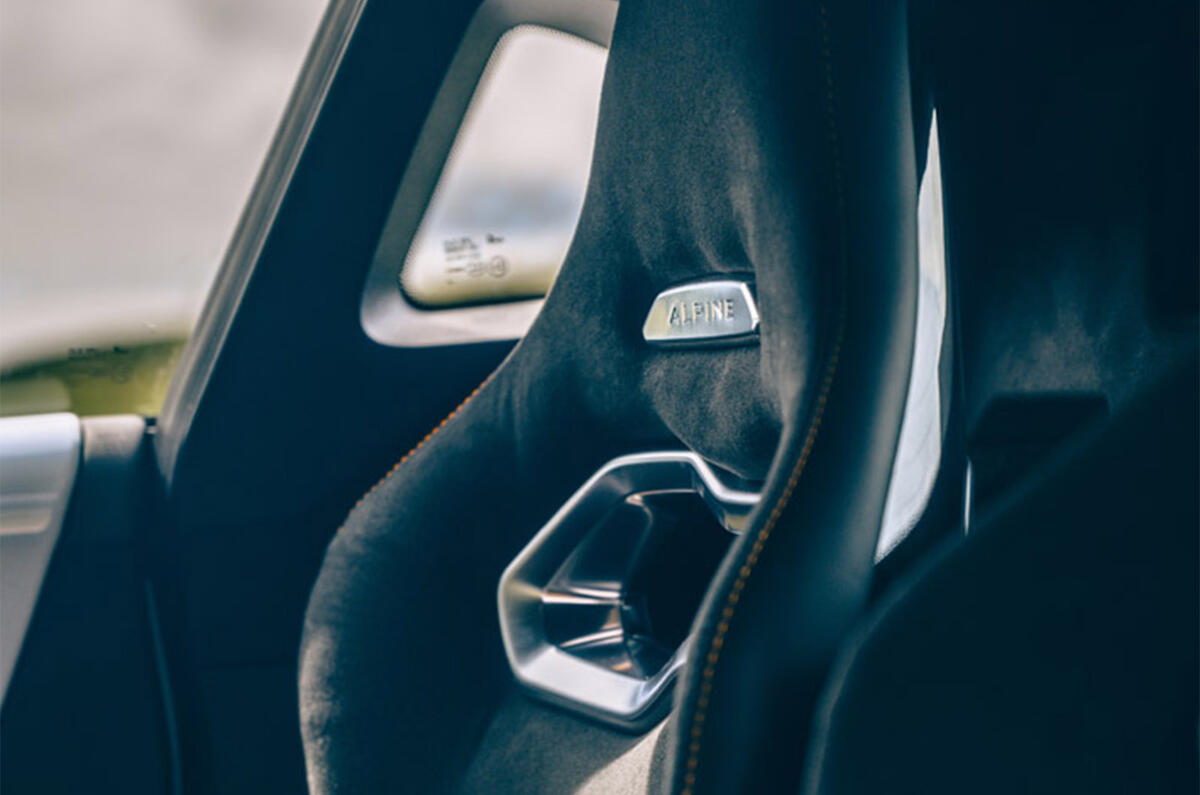
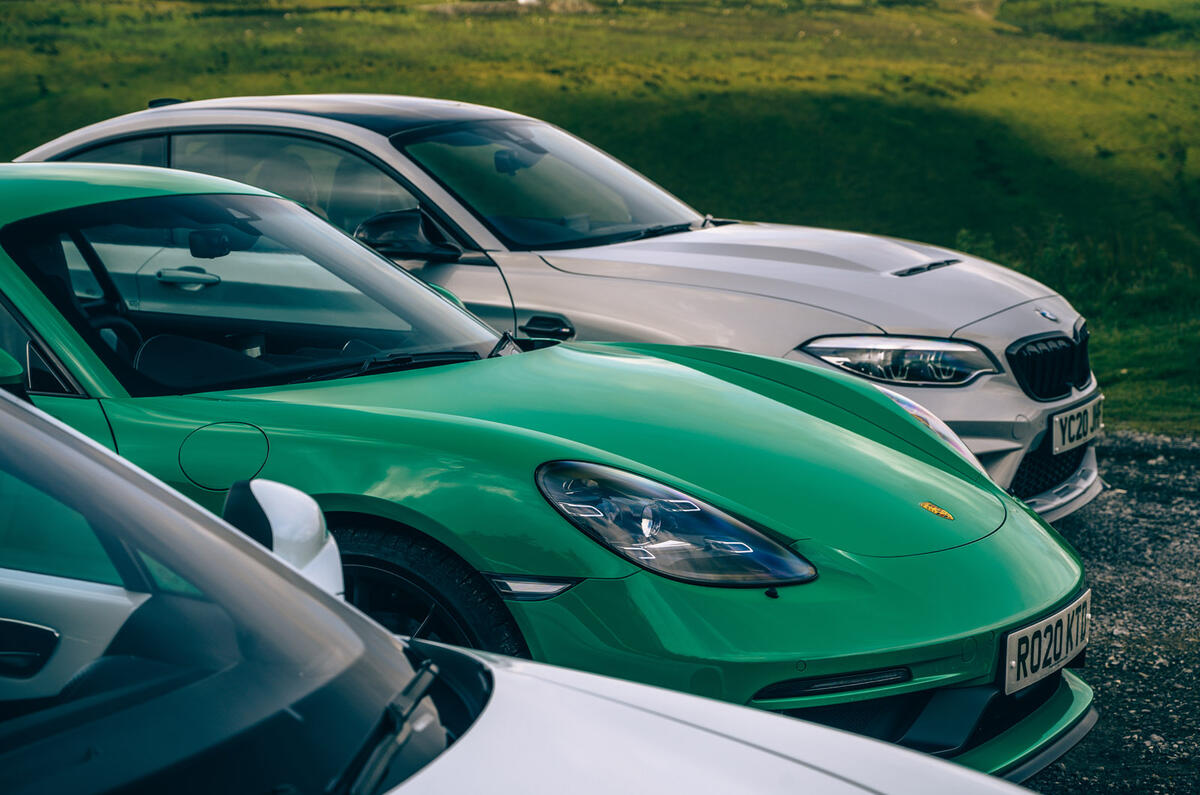
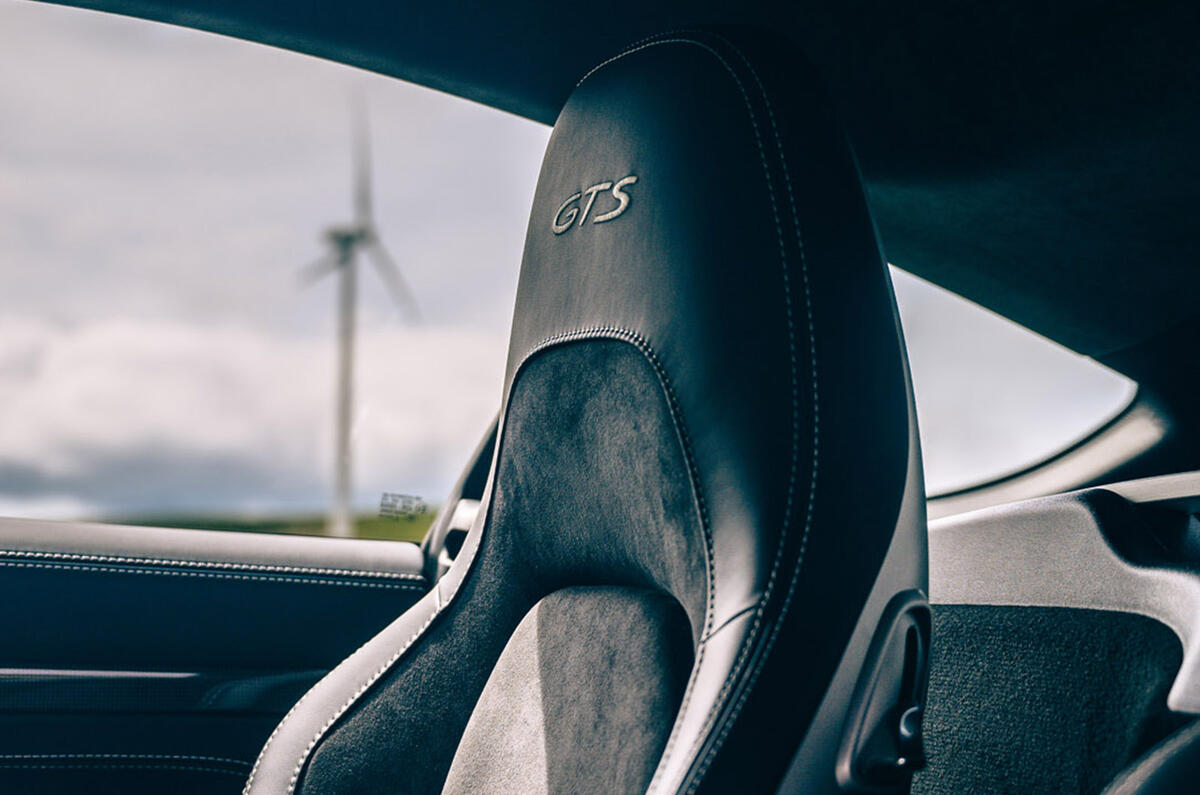

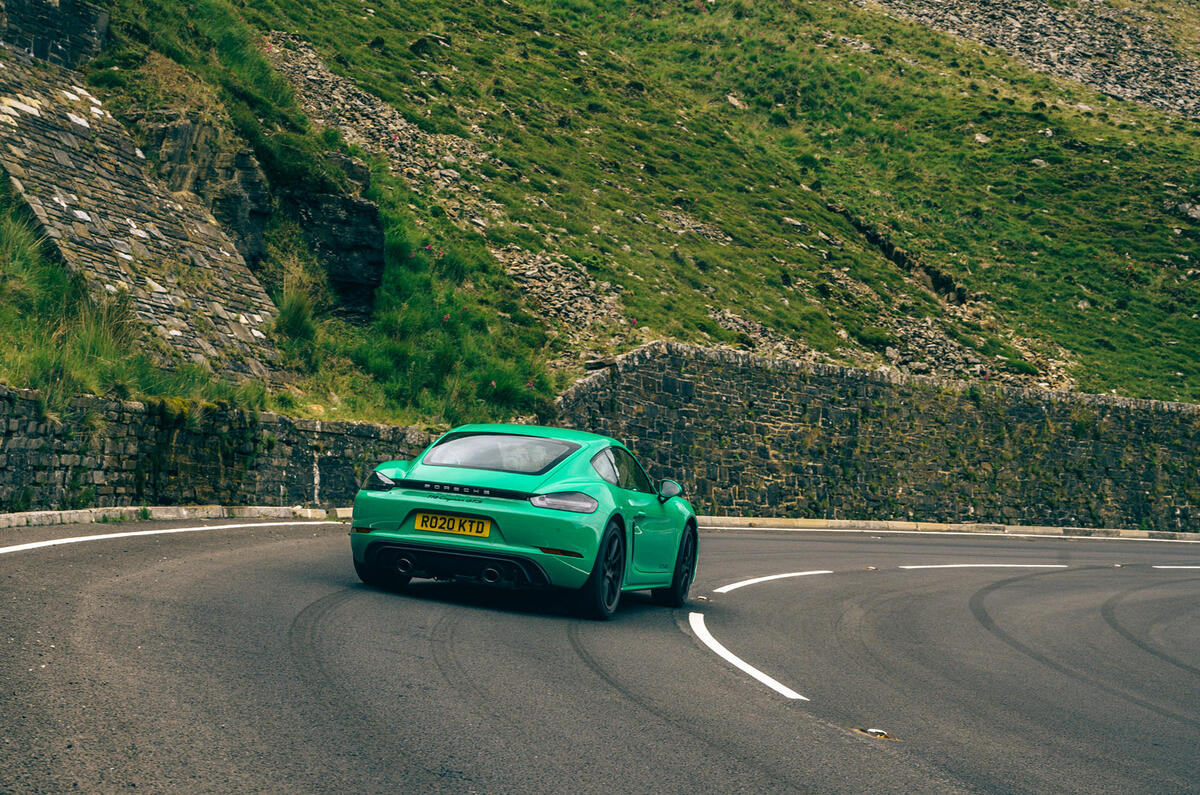
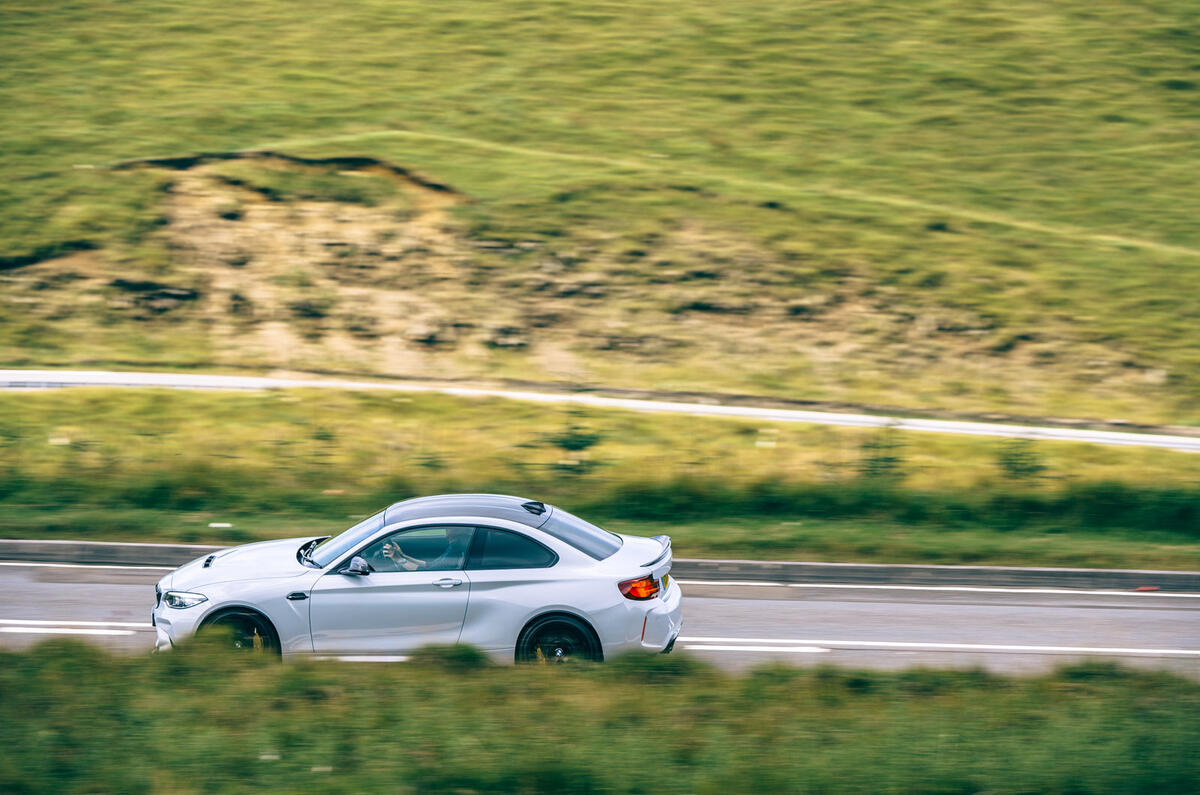
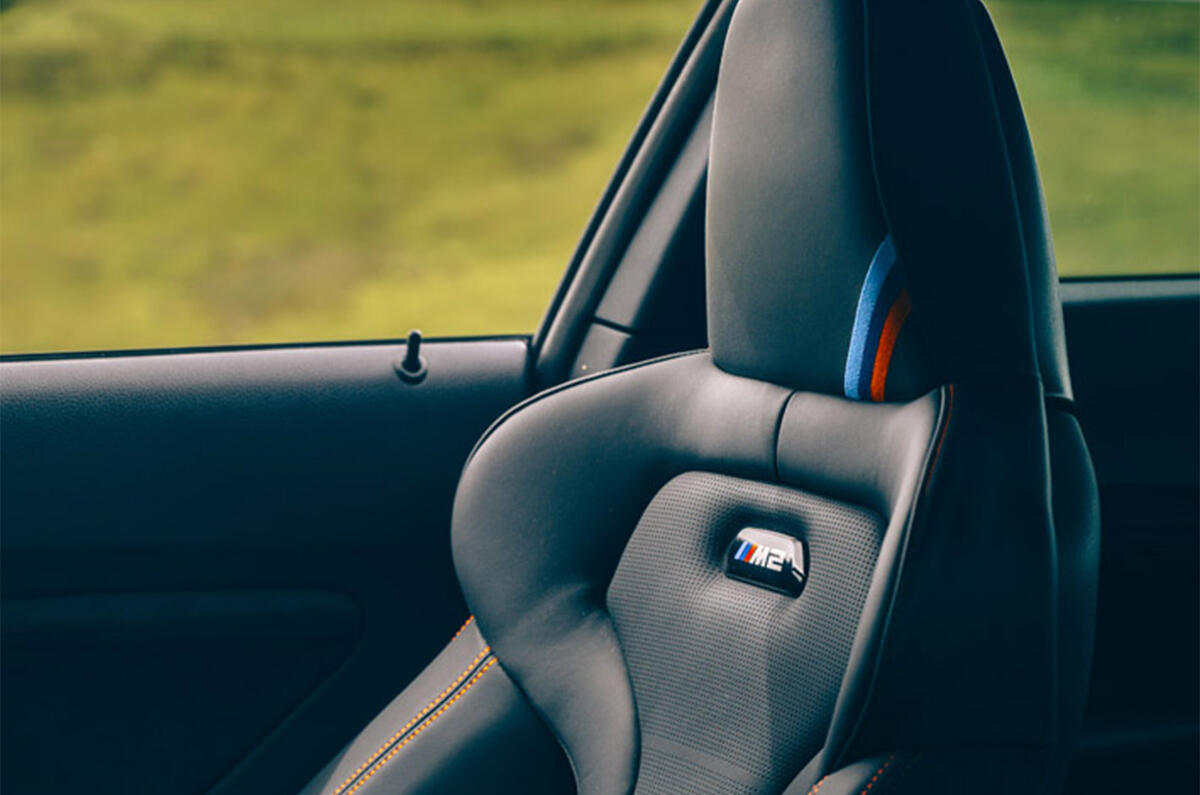

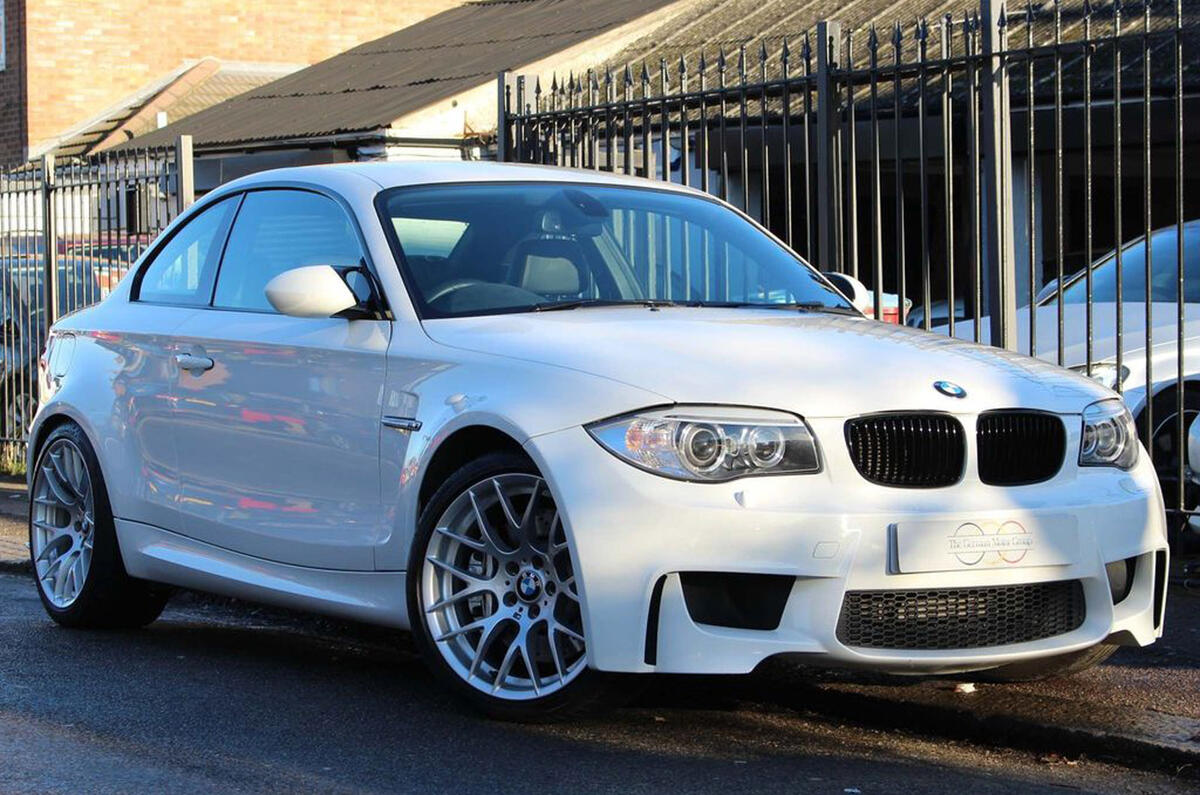
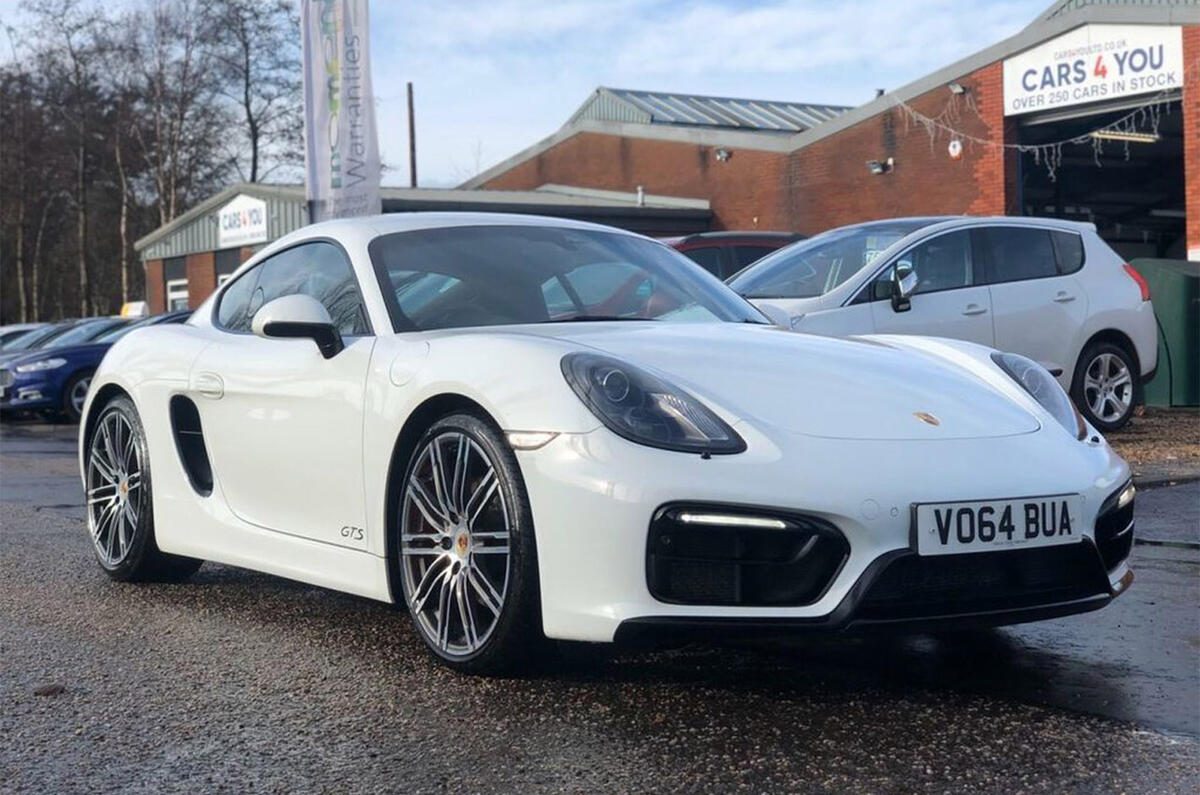
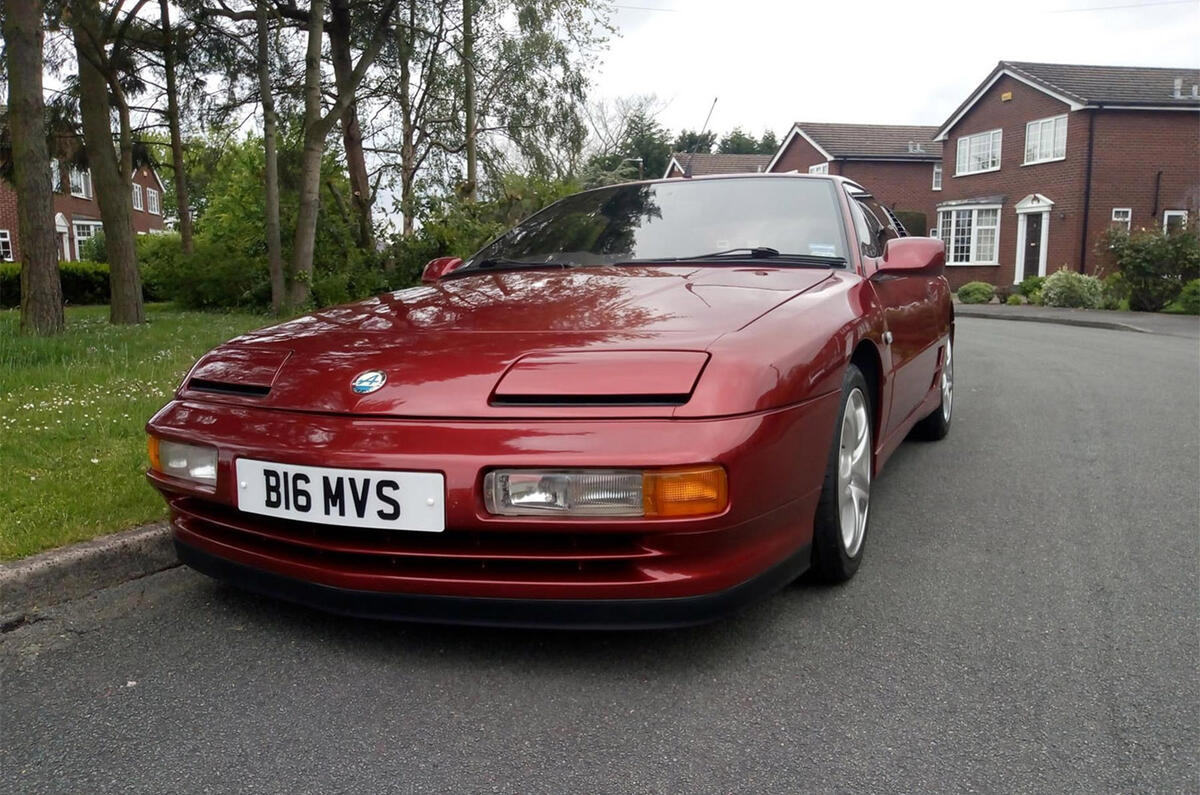
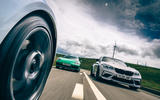
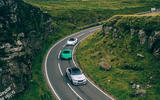



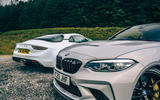
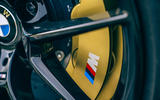


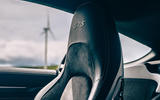
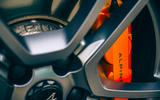
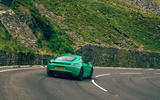
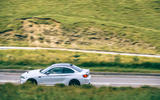
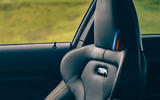

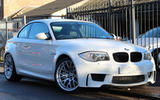
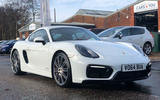
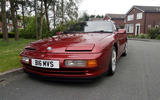






Join the debate
Add your comment
Correct?
Porsche needs to find a
Porsche needs to find a better way to pass emissions than fitting ridiculously long gears. In the UK the only gear in which you can legally hit the rev limiter is first - that is not a recipe for fun. Fortunately, you can get after market final drives that lower gearing by about 15%, though I don't know if that's legal everywhere.
Cayman Gearing
Totally agree 275not599, you end up living in 2&3 gear all the time. Gearing is deliberate, as it the lack of PDK. Either or both would result in the GT4 spanking the Carrera's and GT3, so never going to happen. Might get one or both in this years GT4RS though.
Just wondering why the alpine
Not all available
Not all cars are available at all times. Its lots of work for the magazines and more to schedule. Sometimes its better with a "almost the ideal test car" than none.